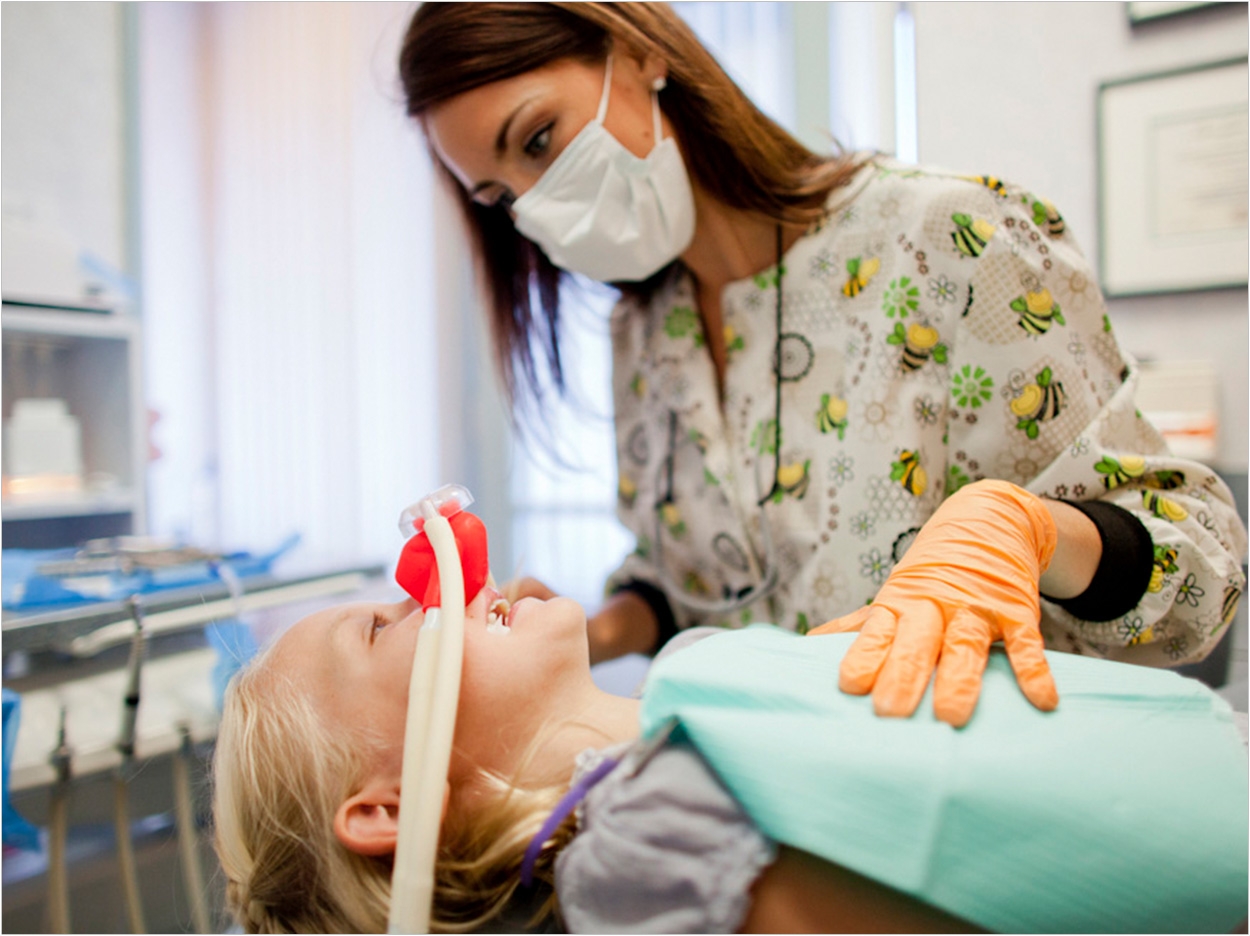
Dentist anesthesiologists are unique medical providers. Their training is related more closely to medical anesthesiologists than to dentists, as they don’t receive clinical training in dental or oral surgery. During their three-year residency program, they receive most of their training in a hospital-based setting, performing a minimum of 800 cases of general anesthesia, with at least 125 performed on children younger than 7 years of age. However, very little is known about dentist anesthesiologists’ post-residency practices.
To examine the procedural differences between dentist and physician anesthesiologists, researchers from the Indiana University School of Dentistry, Brigham and Women’s Hospital, and the University of California at San Diego used the National Anesthesia Clinical Outcomes Registry (NACOR) and the Society for Ambulatory Anesthesia Clinical Outcomes Registry (SCOR) for dental and oral surgery procedures to compare 7,133 office-based procedures performed by dentist anesthesiologists with 106,420 in-hospital procedures provided by physician anesthesiologists.
The information from SCOR focused on office-based settings, while NACOR included hospital-based settings. In both groups, children 6 years old and younger were the predominant recipients of anesthetic dental treatment, or two-thirds of NACOR patients and three-fourths of SCOR patients. The average age was approximately 9 years for SCOR and approximately 12 years for NACOR. Also, the researchers found a 46% longer surgical time for the cases from the NACOR database versus those from SCOR. Both databases noted that early childhood caries was the main diagnosis for the dental procedures needing anesthesia.
The data showed a clear correlation between early childhood caries and the need for anesthesia during dental procedures. Since it is the most common disease among children age 6 years and younger, with more than 4.5 million cases developing each year, the researchers believe that pediatric dentists need dentist anesthesiologists. They also found that the overall cost of pediatric dental procedures with anesthesia performed in a hospital-based setting has increased between three and four times that of 20 years ago. Currently, anesthesia administered in an office-based setting yields an 84% cost savings.
Overall, there is a consistent trend with more dental anesthetic procedures being performed in office-based settings, particularly in pediatric dentistry. The researchers found the care that dentist anesthesiologists provide is separate and distinct from the care that oral and maxillofacial surgeons provide. While oral surgeons are the only other dentists who can administer general anesthesia legally, they only receive six months of training in general anesthesia. Dentist anesthesiologists provide care to younger patients for procedures with longer durations using an independent anesthesia provider model. Oral and maxillofacial surgeons, though, use the operator-anesthesia model for shorter procedures on older patients.
According to the researchers, more research is necessary because the data collected from SCOR and NACOR are fairly limited in how much information is collected from providers on a volunteer level. Still, they concluded that despite the limitations on data collection, they are confident that the office-based anesthesia that dentist anesthesiologists provide is a unique and efficient mode of anesthesia care for dentistry. Also, they believe the growing trend in office-based procedures with dentist anesthesiologists will continue.
The study, “Comparison of Anesthesia for Dental/Oral Surgery by Office-based Dentist Anesthesiologists versus Operating Room-based Physician Anesthesiologists,” was published by Anesthesia Progress.
Related Articles
Dental Offices Need Medical Emergency Preparedness Standards
Hawaii Passes Finley’s Law on Administering Sedation
Pediatric Sedation Safety Guidelines Get Updated












